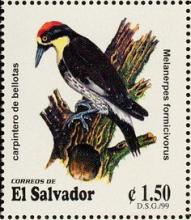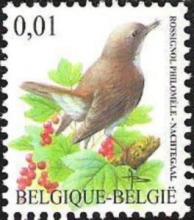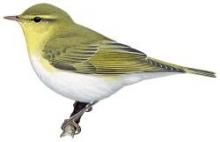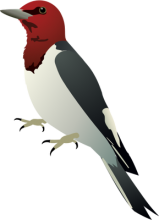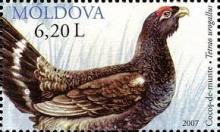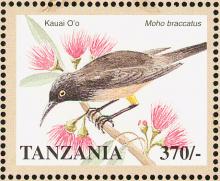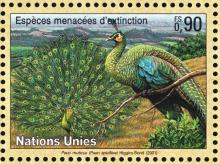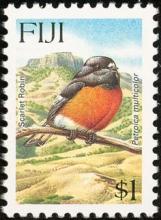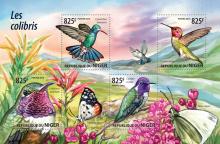Red-headed woodpeckers are in decline
- Lees meer over Red-headed woodpeckers are in decline
- Login om te reageren
The red-headed woodpecker (Melanerpes erythrocephalus) was once a very common woodpecker. In the mid-1800s, John James Audubon stated that the red-headed woodpecker was the most common woodpecker in North America. He called them semi-domesticated because they weren’t afraid of people. He stated that they were camp robbers and also a pest. According to the Audubon Society’s Christmas Bird Count data, between the 1950s and the year 2010, the population of red-headed woodpeckers dropped dramatically. Over 80 percent of the population died out in just over 50 years.

